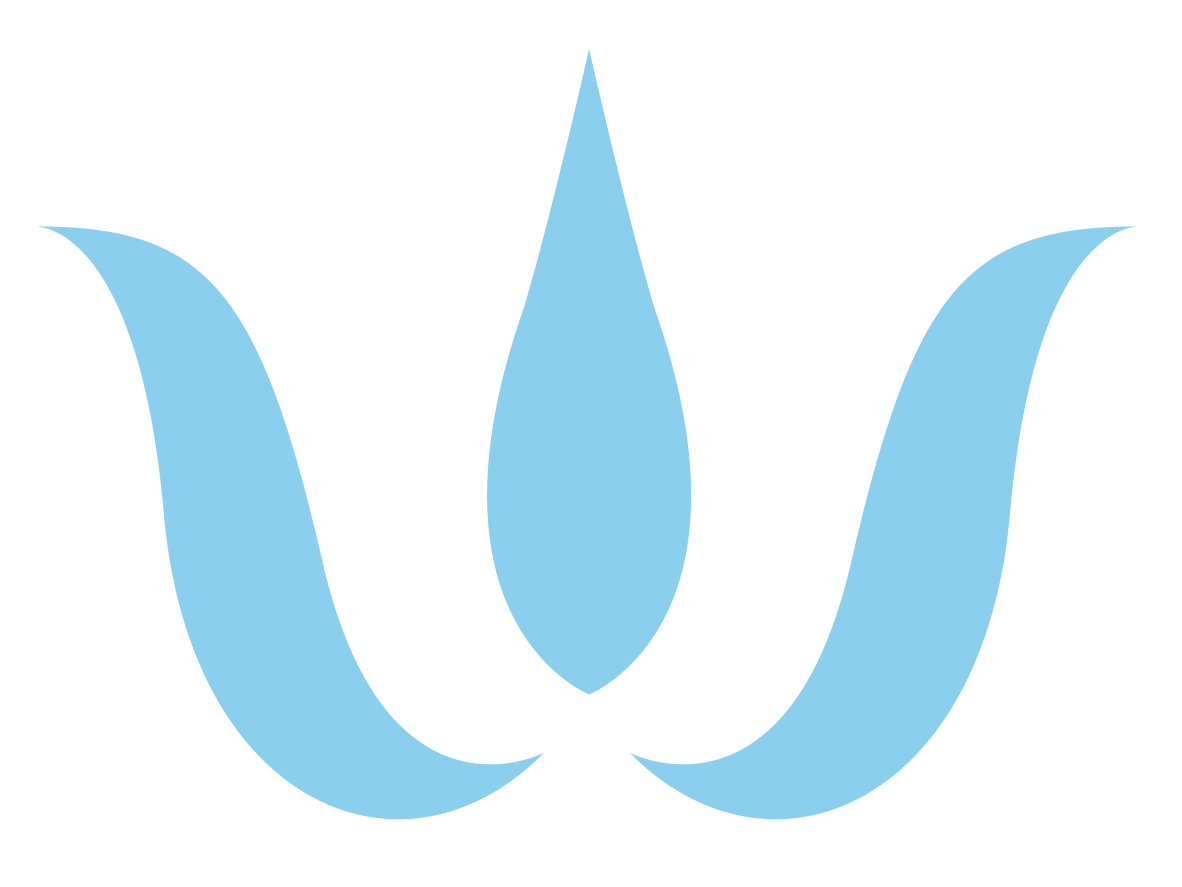Does Cold Laser Therapy Actually Work? Here's What to Know
Does Cold Laser Therapy Actually Work? Here's What to Know
Cold laser therapy, also known as low-level laser therapy (LLLT) or photobiomodulation therapy, is a non-invasive treatment that uses low-level lasers or light-emitting diodes (LEDs) to stimulate healing and reduce pain and inflammation. This therapy is gaining popularity in various medical fields, including chiropractic care, physical therapy, and sports medicine, due to its purported benefits for accelerating tissue repair and improving overall recovery. In this article, we explore the effectiveness of cold laser therapy and what you need to know before considering this treatment option.
How Cold Laser Therapy Works
Cold laser therapy involves the application of specific wavelengths of light to targeted areas of the body. Unlike high-powered lasers used in surgical procedures, cold lasers emit low levels of light that do not generate heat and are therefore considered safe for therapeutic use. The light penetrates through the skin and is absorbed by cells within the targeted tissue.
Mechanisms of Action:
Cellular Effects
The absorbed light energy stimulates cellular metabolism and promotes the production of adenosine triphosphate (ATP), which is essential for cellular function and energy production.
Anti-Inflammatory Effects
Cold laser therapy helps reduce inflammation by decreasing pro-inflammatory cytokines and increasing anti-inflammatory cytokines within the affected tissues.
Pain Reduction
By stimulating the release of endorphins (natural pain-relieving chemicals) and modulating nerve activity, cold laser therapy can help alleviate pain associated with various conditions.
Conditions Treated with Cold Laser Therapy
Cold laser therapy is used to treat a wide range of acute and chronic conditions, including:
Musculoskeletal Injuries
Such as sprains, strains, tendonitis, and bursitis.
Joint Disorders
Including arthritis and temporomandibular joint (TMJ) disorders.
Back and Neck Pain
Caused by muscle tension, herniated discs, or degenerative conditions.
Wound Healing
Accelerating the healing process for cuts, burns, and post-surgical wounds.
Sports Injuries
Helping athletes recover from injuries and enhance performance.
Efficacy of Cold Laser Therapy: What Research Says
Research on the effectiveness of cold laser therapy has yielded mixed results, with some studies supporting its benefits and others showing inconclusive evidence. Several systematic reviews and meta-analyses have examined the efficacy of LLLT across various medical applications:
Clinical Evidence
Pain Relief
Studies suggest that cold laser therapy can provide significant pain relief for musculoskeletal conditions, such as osteoarthritis and chronic low back pain.
Tissue Repair
Evidence indicates that LLLT may accelerate tissue repair and wound healing by promoting collagen production and enhancing microcirculation.
Inflammation Reduction
The anti-inflammatory effects of LLLT have been observed in studies investigating its impact on inflammatory conditions and post-surgical recovery.
However, the effectiveness of cold laser therapy can vary depending on factors such as the type and severity of the condition treated, treatment parameters (e.g., wavelength, dosage), and individual response to therapy.
Considerations Before Trying Cold Laser Therapy
Before undergoing cold laser therapy, consider the following factors:
Consultation with Healthcare Provider
Discuss your symptoms and treatment options with a qualified healthcare provider, such as a chiropractor or physical therapist, who can assess whether cold laser therapy is appropriate for your condition.
Treatment Protocol
Understand the recommended treatment protocol, including the number of sessions, duration of each session, and expected outcomes. Treatment plans are typically personalized based on the specific condition being treated and individual response to therapy.
Safety Considerations
Cold laser therapy is generally considered safe when performed by trained professionals. However, certain precautions may apply, particularly for individuals with photosensitivity or certain medical conditions.
Cost and Insurance Coverage
Check with your healthcare provider and insurance provider to understand the cost of cold laser therapy sessions and whether they are covered by your insurance plan.
Patient Experiences and Testimonials
Many individuals who have undergone cold laser therapy report positive outcomes, including pain relief, improved mobility, and accelerated recovery. Patient testimonials can provide valuable insights into the potential benefits of LLLT for various health conditions.
Case Studies:
Athletes: Cold laser therapy has been used by athletes to recover from sports injuries and enhance performance.
Chronic Pain Patients: Individuals suffering from chronic pain conditions, such as fibromyalgia or rheumatoid arthritis, have found relief through LLLT treatments.
Experience the benefit of Cold Laser Therapy today!
Cold laser therapy holds promise as a non-invasive treatment option for promoting healing, reducing pain, and improving overall well-being. While research continues to explore its efficacy across different medical applications, many patients and healthcare providers have experienced positive results with this therapeutic approach.
Before considering cold laser therapy, it's essential to consult with a qualified healthcare provider to determine whether it's suitable for your specific condition and to discuss treatment expectations, safety considerations, and potential outcomes. By making informed decisions and understanding the mechanisms behind cold laser therapy, you can better evaluate its potential benefits and integrate it into your healthcare regimen as appropriate.
Explore the possibilities of cold laser therapy with the guidance of the healthcare professionals at The Winchester Institute and discover how it may contribute to your journey toward improved health and well-being.
